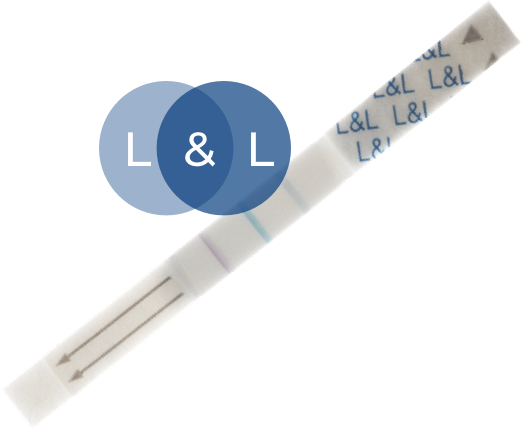

You only find what you look for
How a certain species of the unwelcomed Legionella might be more common than the numbers suggest.
The potentially fatal Legionnaires’ disease is caused by the bacterium Legionella. Several different species of Legionella exist. However, one species is responsible for most infections around the world – namely Legionella pneumophila.
Or so we think.
Because, what if other Legionella species aren’t found, simply because we don’t test for them?
This question is raised by a Swedish study conducted following a 2018 outbreak of Legionnaires’ disease. Here, authorities discovered that the cause of infection was another species than the usual suspect, Legionella pneumophila. In 30 out of 41 reported cases, the perpetrator was identified as Legionella longbeachae.
The cases couldn’t be tied to people traveling from certain countries, bringing home this supposedly uncommon species. Instead, the study found evidence that the infections were caused by handling gardening soil.
What’s more, the study found that the cases weren’t related to one specific type or brand of soil. This wasn’t just a bad apple from a single soil supplier: The researchers were able to isolate Legionella longbeachae in different soils.
So, why this sudden outbreak of Legionnaires’ disease caused by the soil-transmitted Legionella longbeachae? In Europe, only 1% of reported cases can be attributed to this specific species, so the Swedish numbers from 2018 were well off the charts. The answer may be found 14.000 kilometers around the world.
The researchers point to the simple fact that it takes specific types of tests to find specific types of Legionella. And Swedish healthcare – as in most of the rest of the world – only tests for the well-known Legionella pneumophila.
In Australia and New Zealand, however, health care institutions routinely test for Legionella longbeachae because this species is far more common there than in the rest of the world.
But what if – the study asks – it’s the other way round? What if Australia and New Zealand detect Legionella longbeachae far more often simply because they test for this species far more often?
Numbers from New Zealand do seem to favour this explanation: When the country introduced PCR testing for Legionella Longbeachae, authorities observed a fourfold increase in annual Legionnaires’ disease cases, with the majority caused by Legionella longbeachae.
You only find what you look for – or as the researchers dryly put it: “As additional diagnostic methods are needed to confirm other species of Legionella, these species are likely to be under-reported…”
References
Löf Emma, Chereau Fanny, Jureen Pontus, Andersson Sabina, Rizzardi Kristina, Edquist Petra, Kühlmann-Berenzon Sharon, Galanis Ilias, Schönning Caroline, Kais Madeleine, Tideholm Nylén Anne, Wallensten Anders, Roth Adam, on behalf of the National Outbreak Investigation Team. An outbreak investigation of Legionella non-pneumophila Legionnaires’ disease in Sweden April to August 2018: Gardening and use of commercial bagged soil associated with infections. Euro Surveill. 2021;26(7):pii=1900702. https://doi.org/10.2807/1560-7917.ES.2021.26.7.1900702

Test for two strains of Legionella in one go
With ImmuView® Legionella pneumophila and Legionella longbeachae you can detect Legionella in patients suspected of being infected with Legionnaire’s disease from either Legionella pneumophila or Legionella longbeachae. ImmuView® is the first and still the only quick test for Legionella longbeachae. It gives you clear insight and lets you initiate the right treatment from the beginning for the best possible outcome.




